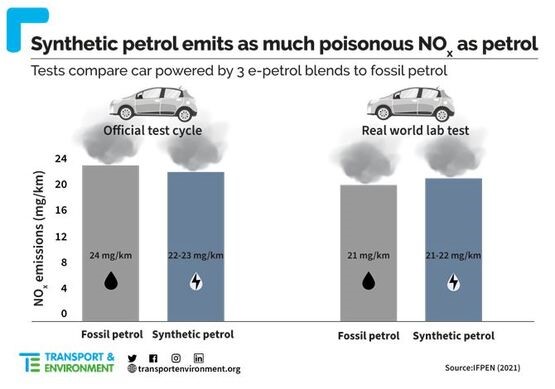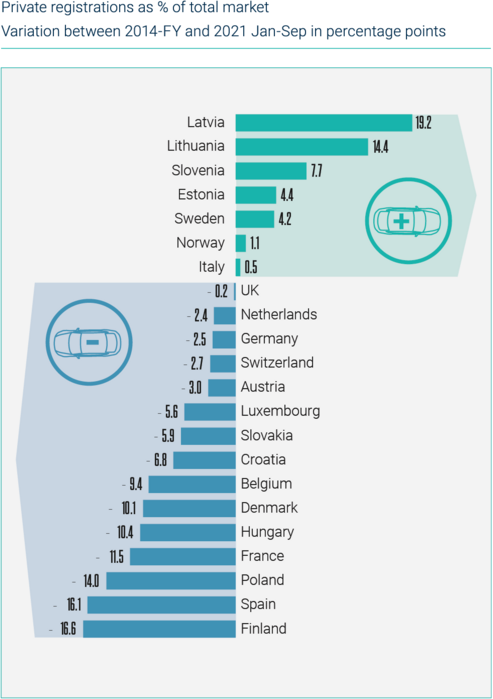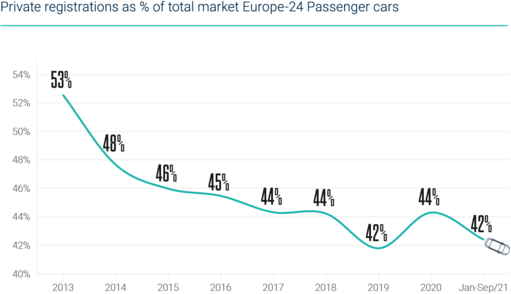More Than 20 New Fast Charge Hubs To Be Installed By Gridserve In Q2
Thursday, 27. January 2022
Gridserve will open more than 20 ‘electric hubs’, each featuring 6-12 x 350kW ultra high-power electric vehicle (EV) charge points with contactless payment, at motorway service stations across the UK by Q2 2022.
The majority should be installed by the end of March, with a further 50 additional electric hub sites set to follow.
Two Electric Forecourts situated adjacent to major transport routes and motorways, including a flagship site at Gatwick Airport and Norwich, are also in construction, due to open in 2022.
Several additional Electric Forecourt sites now also have planning permission including Uckfield, Gateshead, Plymouth and Bromborough, with more than 30 additional sites also under development as part of the company’s commitment to deliver over 100 Electric Forecourts.
Toddington Harper, CEO of Gridserve, said: “Our mission is to deliver sustainable energy and move the needle on climate change, and that is exactly what we are doing – delivering.
“Getting people into electric vehicles is a big part of our vision but to do that charging has to be simple and free of anxiety, which is why we’ve designed our network entirely around the needs of drivers, listening to our customers’ needs and providing the best possible level of customer service to deliver the confidence people need to make the switch to electric transport today, eight-years ahead of the 2030 ban on petrol and diesel cars.”
Gridserve says it wants to revolutionise EV charging across the UK, following the acquisition of Ecotricity’s Electric Highway network in June.
Some of the Electric Hubs are also located in areas traditionally left behind in the EV transition, including Wales and Cornwall, helping to deliver its vision of giving drivers everywhere the confidence to go electric well ahead of the 2030 ban on new petrol and diesel cars.
Since the acquisition, Gridserve has invested tens of millions of pounds in the network to develop the new Electric Hubs, replace the 300+ existing motorway chargers it inherited from Ecotricity, and install 130 additional AC chargers to cater for all types of EVs.
The two new Electric Forecourts for Gatwick and Norwich will follow Gridserve’s blueprint of the world’s first Electric Forecourt in Braintree, Essex.
Gatwick Electric Forecourt
Developed in partnership with Gatwick Airport, the Gatwick Electric Forecourt will be a flagship site, serving passengers, commuters, staff, local residents and businesses that pass through the airport and its surrounding motorway network each year.
Located on the Ring Road South approach to Gatwick’s South Terminal and adjacent to the M23 – it will enable 36 EVs to be charged simultaneously, with high-power chargers that can deliver up to 350kW of charging power, capable of adding 100 miles of range in less than 10 minutes. Multiple charging connectors will cater for all types of electric cars.
The site is due to open in autumn 2022 and will host a café, waiting lounge with free superfast WiFi, convenience supermarket, children’s play area and a dedicated educational space to increase awareness around electric vehicles.
Harper said: “Gatwick isn’t just an airport, it’s an ecosystem of commuters, travellers, staff, taxi drivers, car rental companies, local residents and businesses, all culminating in a transport hub that hosts tens of millions of drivers every single year.
“The Gatwick Electric Forecourt will give these drivers and businesses the confidence to switch away from petrol and diesel cars, making electric journeys to and from one of the country’s most important transport hubs straightforward and sustainable.”
Jonathan Pollard, chief commercial officer, Gatwick Airport, said: “Our new high-powered charging facility will help meet the increasing need for electric vehicle charging infrastructure at the airport, including the growing number of our passengers who own electric vehicles and need fast, convenient and effective charging facilities.
“The new charging infrastructure will also benefit people right across our community, including thousands of staff who live locally, businesses looking to introduce electric vehicle fleets – even those operating buses and trucks – and also local residents who may be considering buying an electric-powered car but were undecided due to the lack of charging facilities.”
The Norwich Electric Forecourt, which is nearing the end of its construction, and scheduled to open in April 2022, will mirror the set up at Gatwick.
David Hall, VP Power Systems UK and Ireland for Schneider Electric, says the announcement from Gridserve will help “unleash” the potential of EVs by reducing fears of range anxiety.
“To support the growth of adoption in electric mobility, which is crucial to achieving ambitious targets to reduce global CO2 emissions, we need readily available infrastructure to support EVs and to ensure the electric revolution is renewable, plentiful, and affordable,” said Hall. “It is also a significant opportunity to rebuild the UK economy with climate action at its core.
“The UK already has more EV charging points than petrol stations, and one in ten new vehicles sold is an EV. Businesses and transport companies are increasingly playing their part by switching to low carbon, net zero fleets for cars, trucks, and buses, which will be essential for cutting their carbon footprints. We hope that this announcement will encourage those who were holding back to make the switch and come along for the ride.
“As the popularity of electric vehicles increases, we need to ensure that electric or hybrid vehicles are low-emission, the energy grid needs to be powered by a much higher percentage of renewables. This transition will bring additional consumer demand, effectively bringing the concept of net zero transportation to life.”
Gridserve’s latest sites:
Electric Hubs
- Currently in construction: Swansea (Moto), Heston West (Moto), Severn View (Moto), Wetherby (Moto), Burton in Kendall (Moto), Exeter (Moto), Woolley Edge North (Moto), Woolley Edge South (Moto), Thurrock (Moto), Leigh Delamere Westbound (Moto), Reading West (Moto).
- Entering construction early next year: Reading East (Moto), Grantham North (Moto), Scotch Corner (Moto), Washington North (Moto), Washington South (Moto), Cornwall Services, Annandale (Roadchef), Magor (Roadchef), Rownhams North (Roadchef), Durham (Roadchef), Watford Gap North (Roadchef), Watford Gap South (Roadchef), Northampton North (Roadchef), Northampton South (Roadchef), Strensham North (Roadchef), Strensham South (Roadchef)
Electric Forecourts
- Currently in construction: Norwich Electric Forecourt (opening April 2022), Gatwick Electric Forecourt (opening Autumn 2022).
- Planning permission secured: Uckfield, Gateshead, Plymouth, Bromborough.
By Graham Hill thanks to Fleet News


